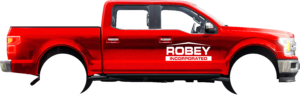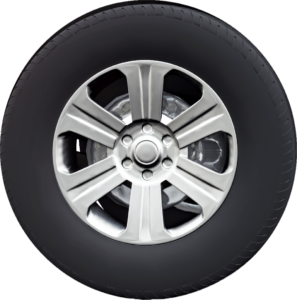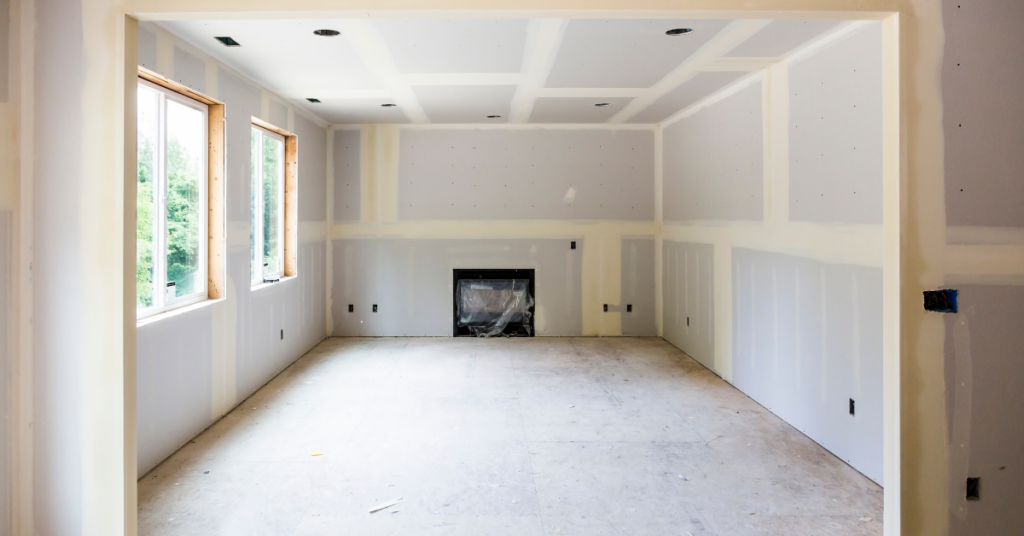
To complete any drywall projects or repair project, you’ll need to put in a lot of effort, and more importantly, you’ll want to use only the best tools. We’ve collected the 10 best drywall tools you need, whether you’re a seasoned contractor or a weekend DIYer. Check out our list and review the fundamentals.
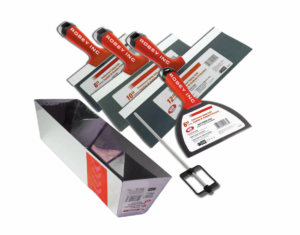
1. Joint Knives
Anyone who intends to deal with drywall needs a drywall knife, often known as a putty or joint knife. It hides imperfections like nail marks, seams between sheets, and other dings on the board. Wall coverings can be smoothed, and holes can be patched with drywall compound, sometimes known as “mud,” and a drywall knife. The seams of paper or fiberglass drywall are occasionally covered using joint compound and a drywall knife.
There is a wide range of drywall knives in different sizes from brands such as Level 5 and Circle Brand.
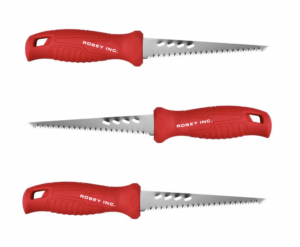
2. Jab Saws
A jab saw, often referred to as a keyhole or drywall saw, is a lengthy, thin saw used for adjusting and cutting various building materials, including plasterboard, plastic, and drywall.
Compass saws, jigsaws, and rotary saws are all options if you need a tool that can cut through tougher materials.
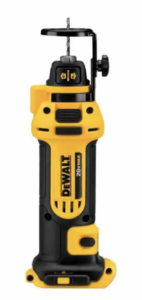
3. Rotary Saw
The ideal drywall tool for precise cutting is a rotary saw, sometimes referred to as a spiral or cut-out tool. A rotary saw is primarily used to cut drywall in any direction without drilling a pilot hole in the wallboard. Later, it was found that this instrument also slices through various materials, making it a fantastic multi-purpose instrument.
Rotozip is the most popular manufacturer of this kind of equipment. Bob Kopras, an American drywall installer who popularized this kind of saw, established Rotozip. Bosch Tool Corp. later purchased Rotozip in 2003.
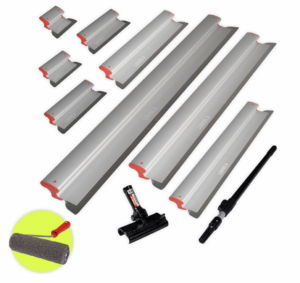
4. Skimming Blades
When applying the last layer of drywall, skimming blades provide an even flatness to the wall. To smooth out any irregularities in the drywall and level it out, skimming blades skim across a wall. The skimming blades decrease material waste and sanding time for drywall and plaster.
Level 5’s skimming blades, which are made of European stainless-steel blades, produce a quick, glass-like surface. The skimming blade’s aluminum housing allows it to tolerate more extreme weather conditions, such hot days, without warping. The blade itself is changeable, so just the blade has to be changed and not the entire instrument.
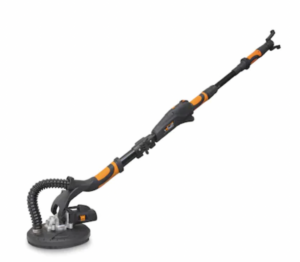
5. Dustless Sanders
Sanding drywall is very unpleasant, and don’t get us started on the drywall dust, which may become a problem if a drywall sander vacuum is not used (dust extractor).
In the end, most people purchase a cheap drywall sander (not top quality but fine). This instrument, made by WEN, a US-based corporation, is suitable for tasks carried out by homeowners. Actually not for professionals, but some do utilize it.
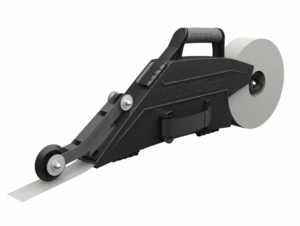
6. Drywall Banjo
Drywall banjos are an excellent tool for rapidly and effectively taping joints and seams. On flat joints, banjos enable the simultaneous application of joint tape and compound, eliminating the need to modify your tape after application.
As it applies compound and tape without cutting while taping, a drywall banjo is regarded as a semi-automatic tool for drywall. Another instrument does provide automated cutting in addition to application.
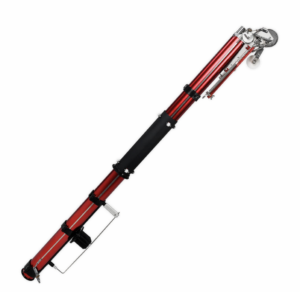
7. Automatic Taper/Bazooka
Use a drywall bazooka if you want to go entirely automated with your taping requirements. In addition to applying tape and compound simultaneously, fully automated drywall tapers like the Columbia Predator also cut the tape as it is applied.
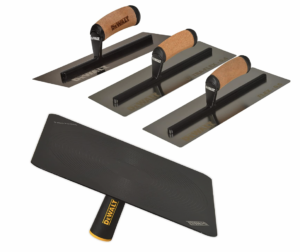
8. Flex Trowels
Flex trowels have evolved into a necessary piece of equipment for anybody using plaster in their project. A flexible trowel should be used instead of a regular trowel primarily because it makes greater contact with the surface during troweling.
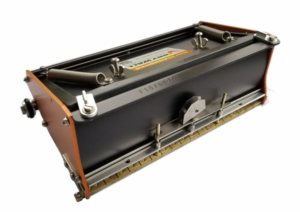
9. Flat Boxes
A flat box is the ideal instrument for applying your first, second, or third compound layer. Use a flat box to apply compound quickly and effectively rather than applying compound by hand laboriously and sluggishly.
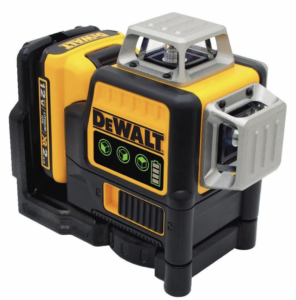
10. Laser Levels
Your work is useless if nothing is level. A laser level ensures that the wall you are building is level. Any work may be completed with a laser level from DEWALT’s selection. We suggest the DW089K since it features a three-beam laser with one 90-degree beam in addition to horizontal and vertical lines. The brightness of a laser is also two times that of a typical laser line, making it suitable for bright job sites with poor sight.

